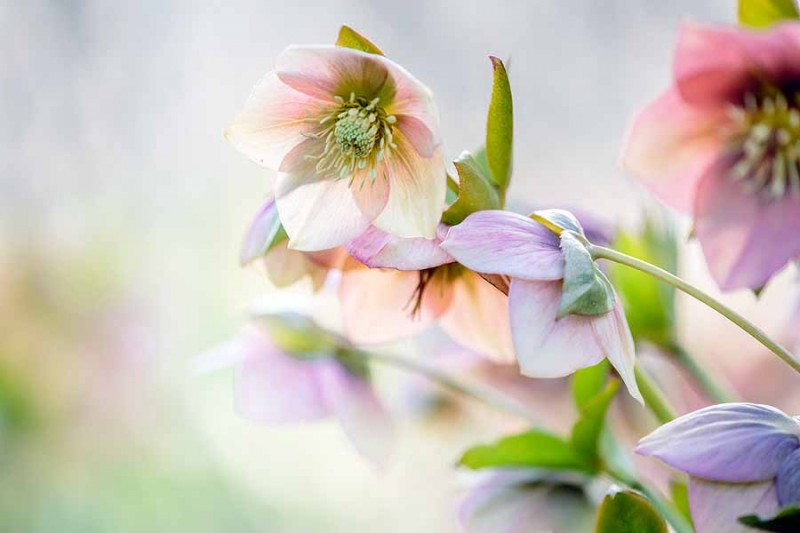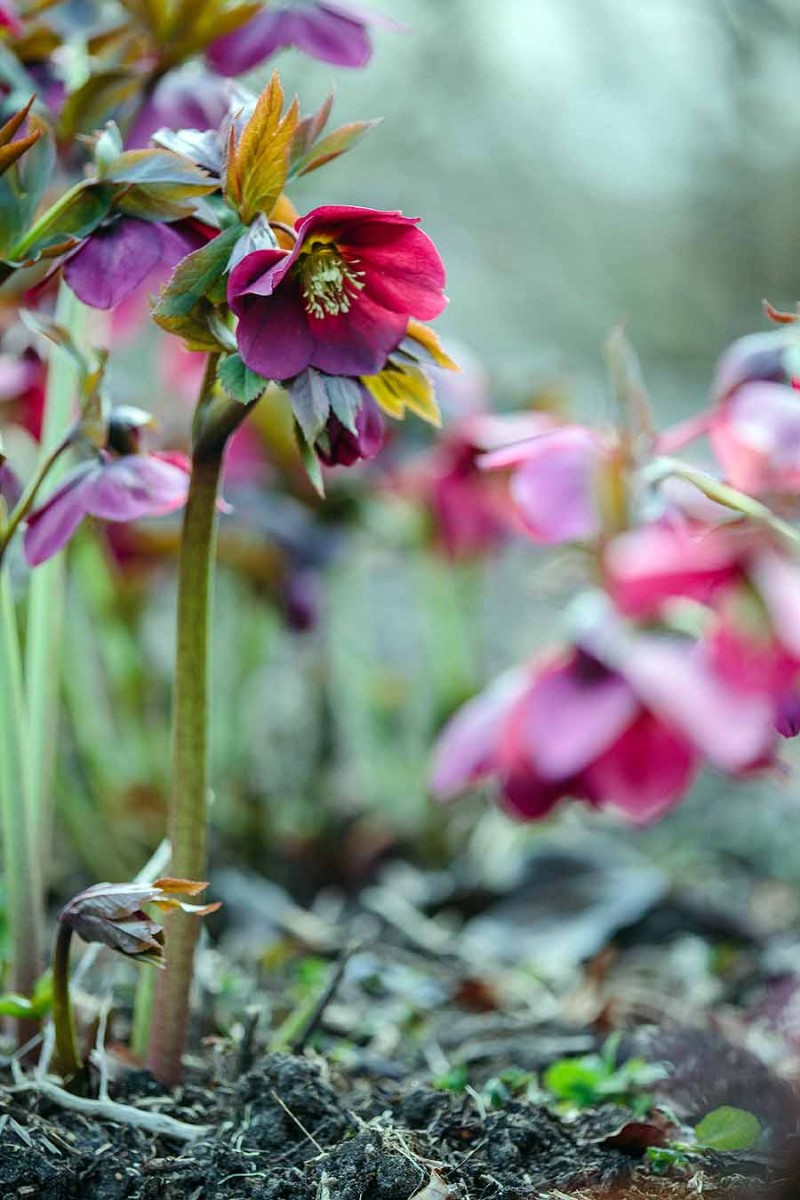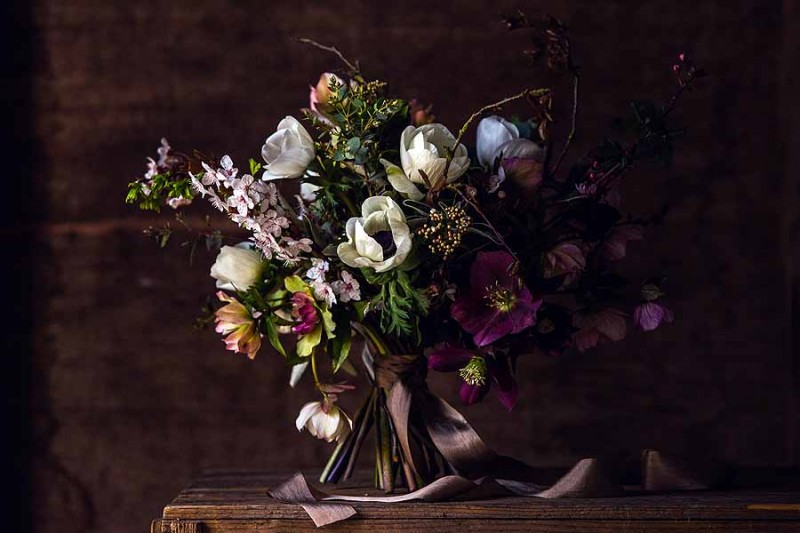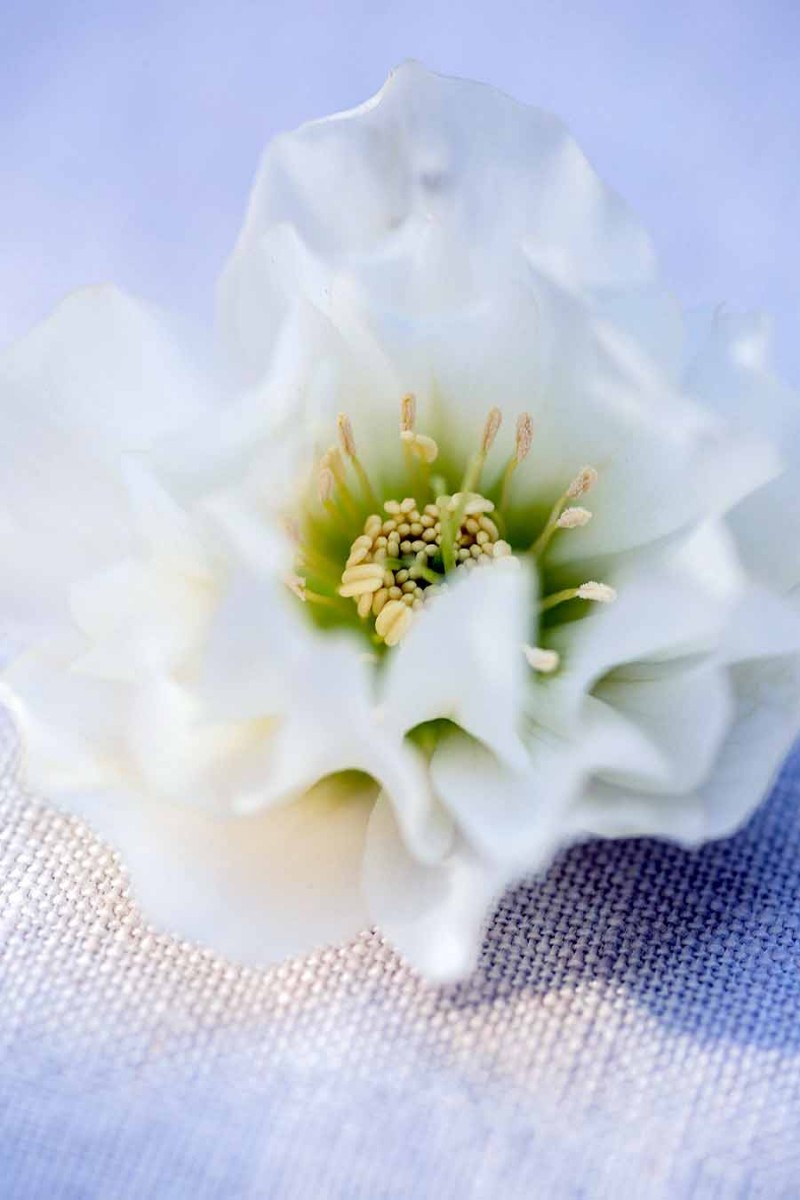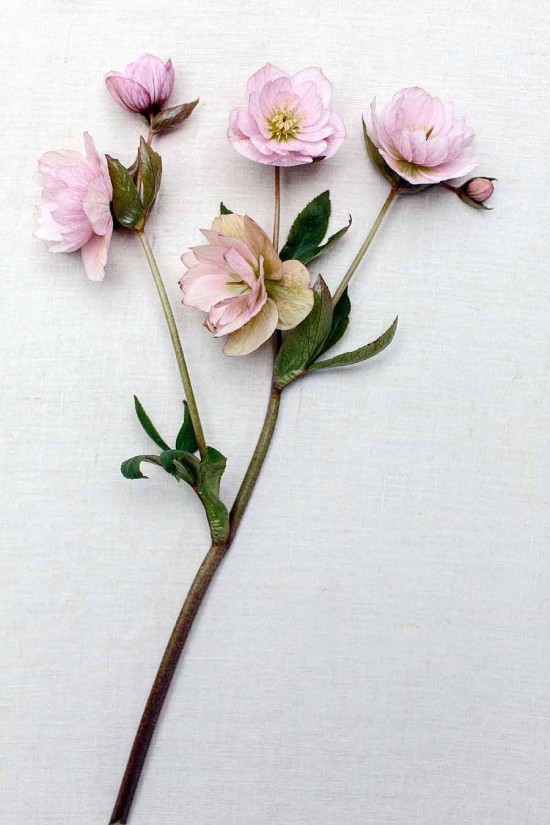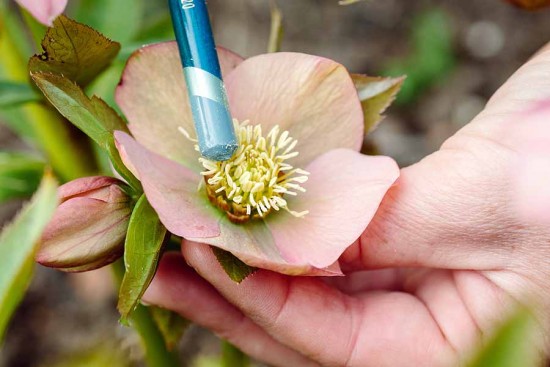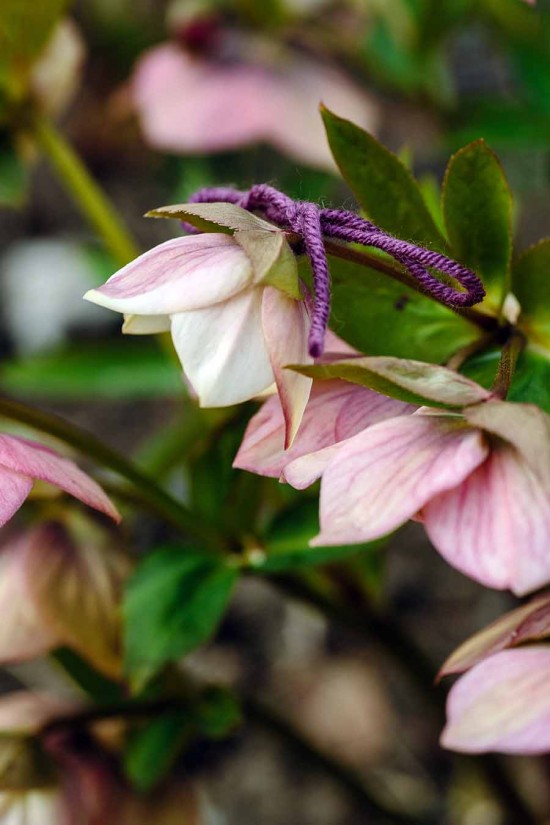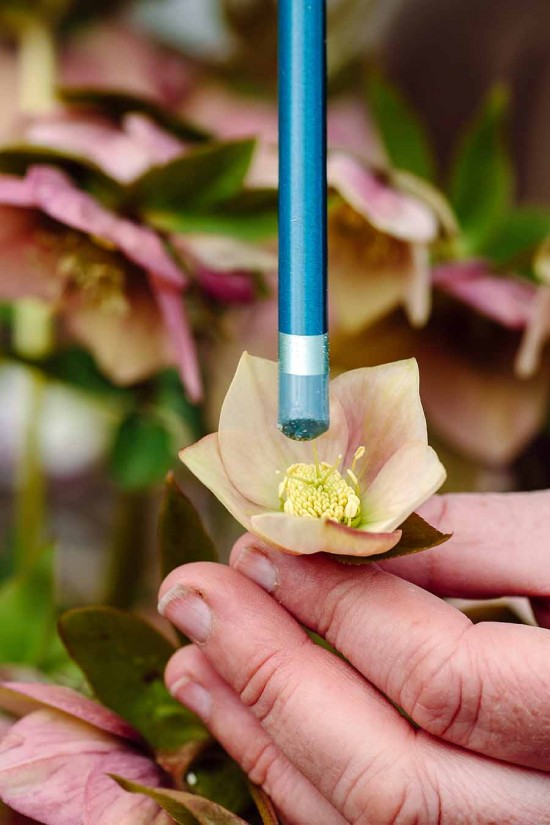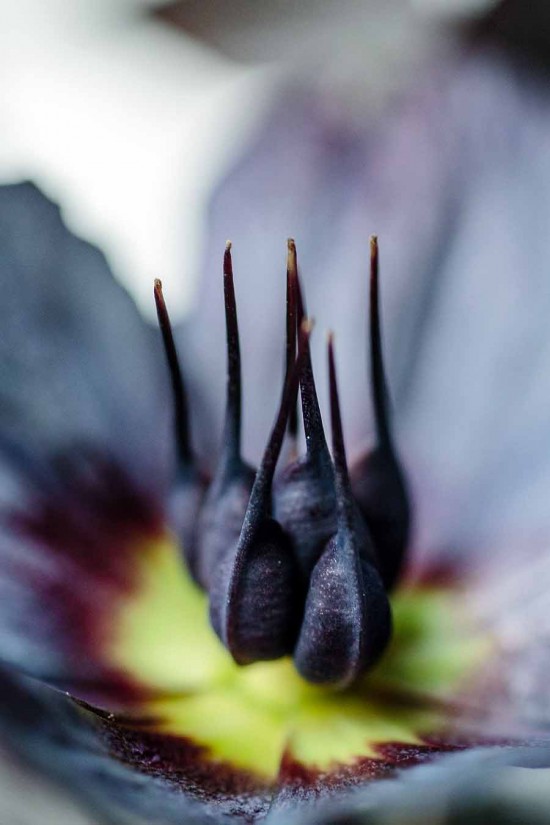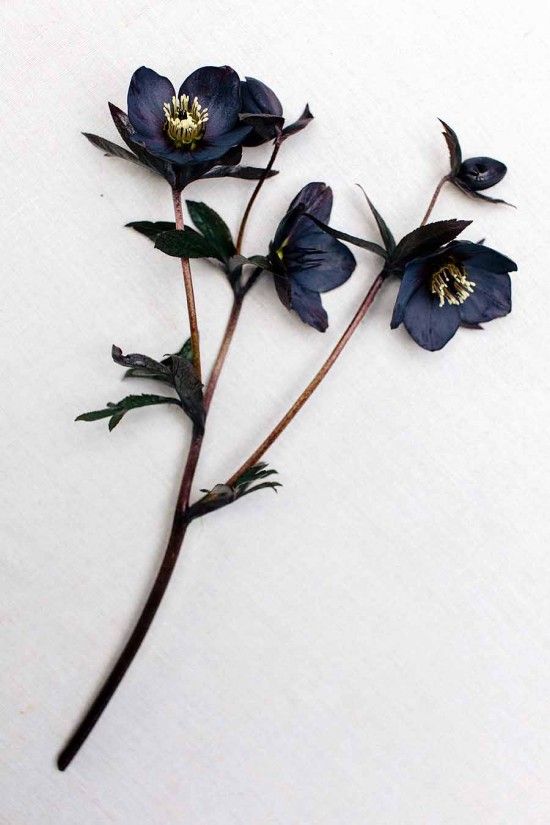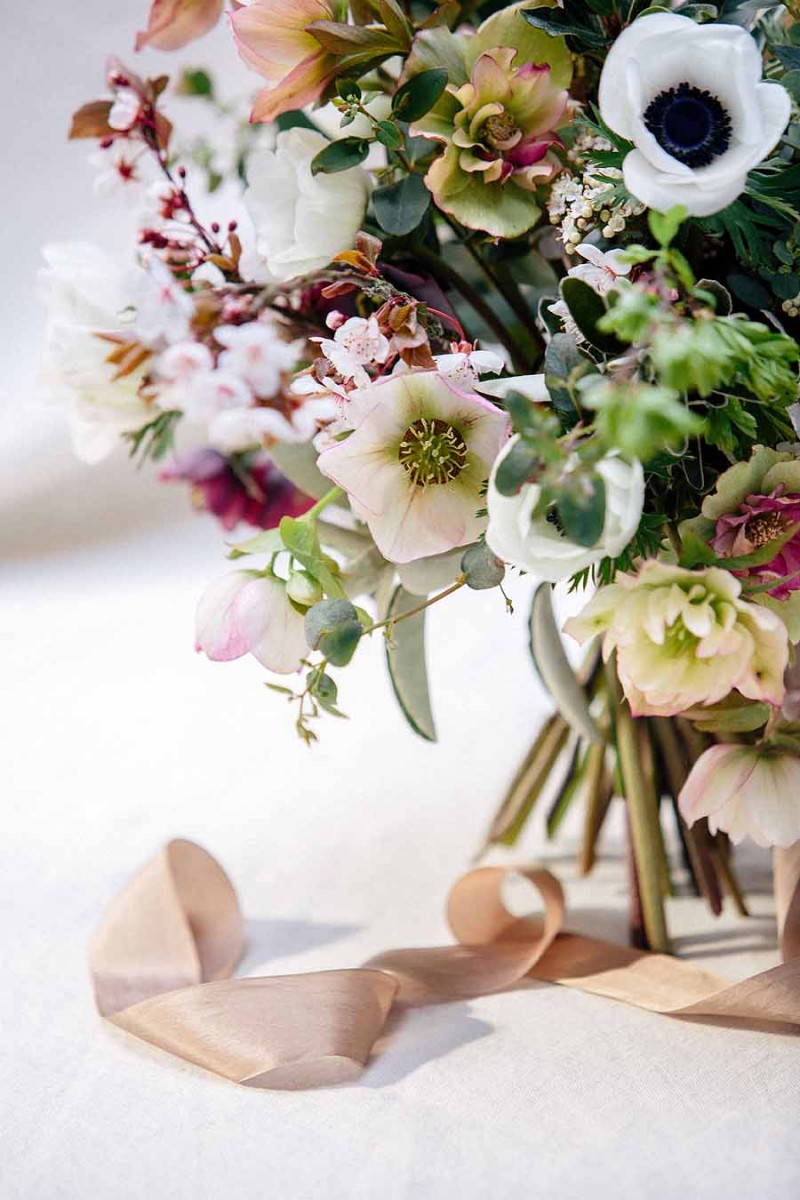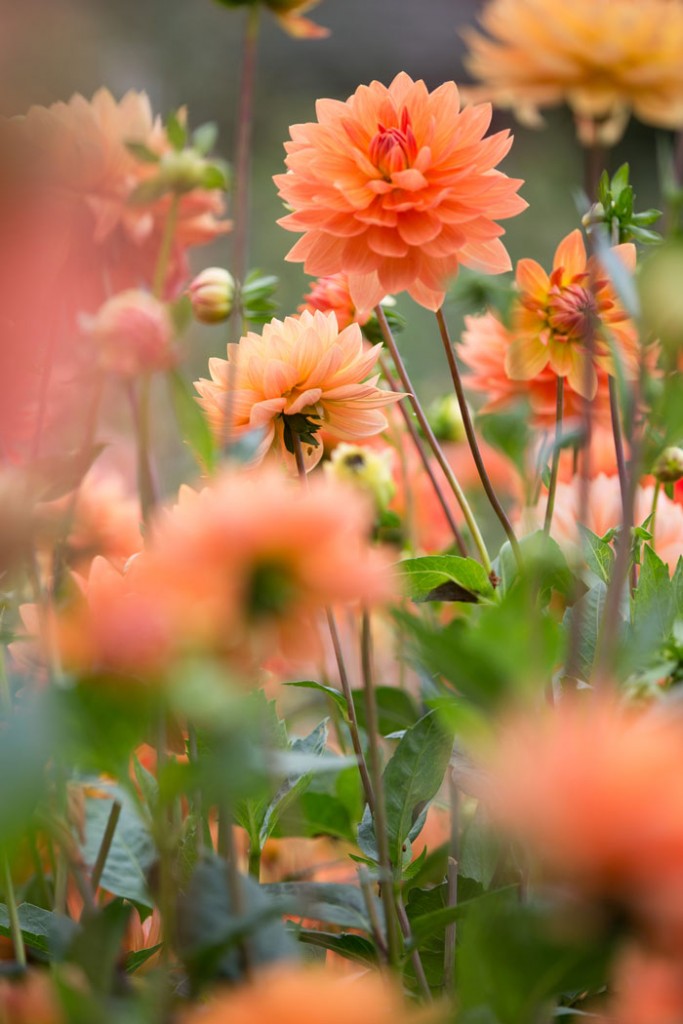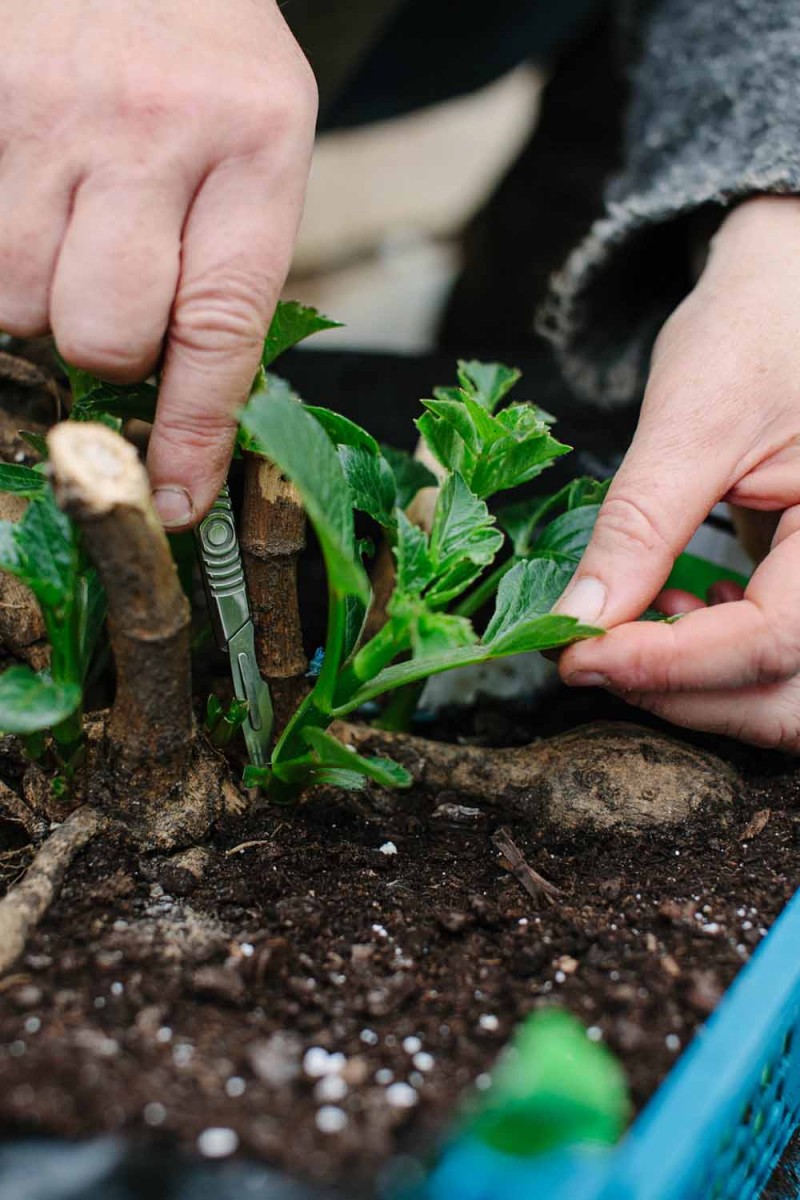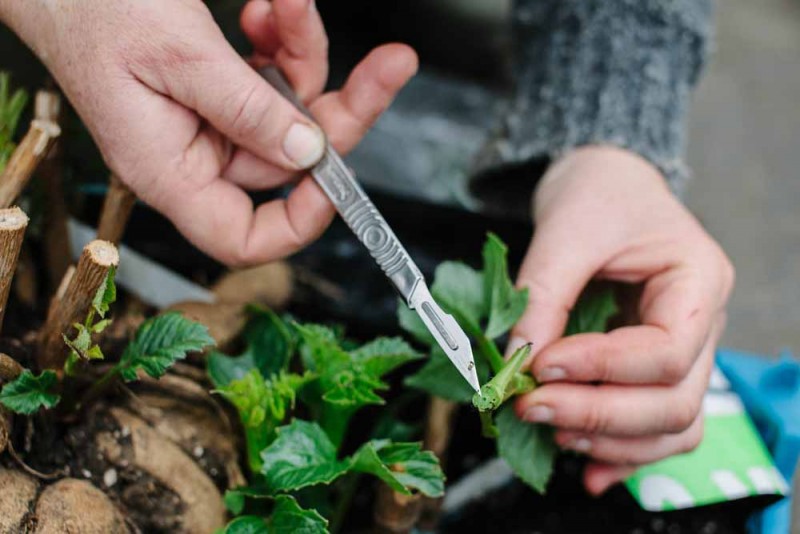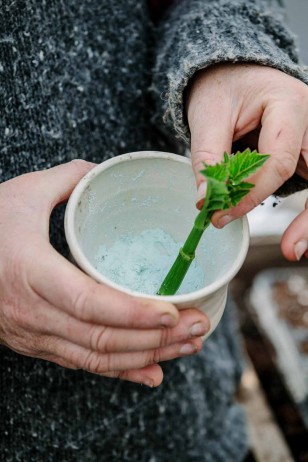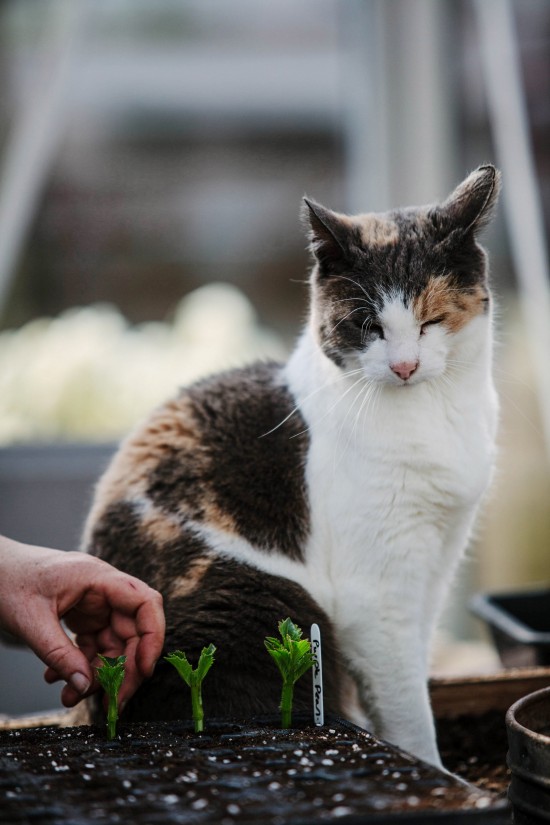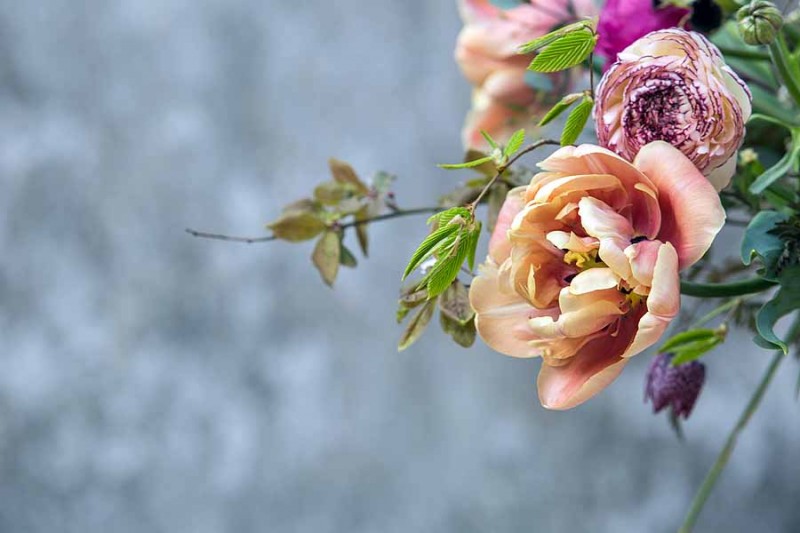
I have decided to make this post short and sweet because that is how my tulips are this year! Our record breaking mild winter did not give the bulbs the cooling period they need for good stem length. Ideally they require a good 12-14 weeks ‘cold period’ to produce quality cutting stems. I think I will try to order the bulbs as early as possible this year and store them in our chiller to pre-cool them before planting in November, if and only if it is cold enough.
Anyway, looking back at taller years, here are some of the varieties and cultivation methods I use for luscious blooms to grace my March and April floral work.
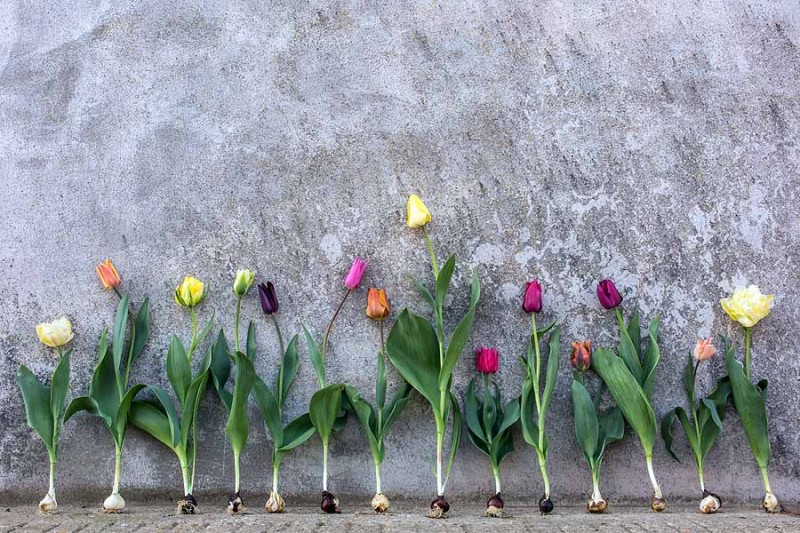
I opt to grow the majority of my tulips under cover which normally results in better stem length as they get slightly drawn and unblemished perfect petals. Planting them closely together also helps, no more than 10 cm apart. The only downside to this being if we get a warm spell in April (which any normal person would be very happy about) as it tends to make them all come at once, early, middle and late cultivars.
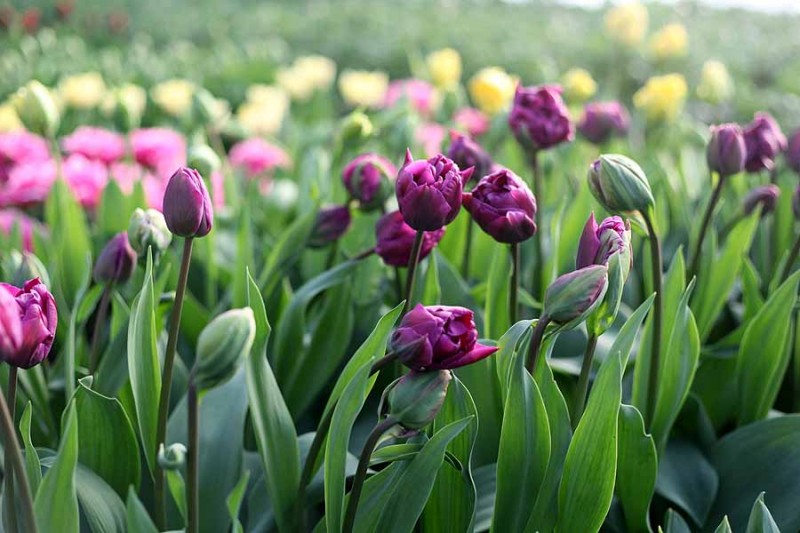
I often get gasps of horror when people watch me harvesting tulips as I just pull them out, bulb and all.
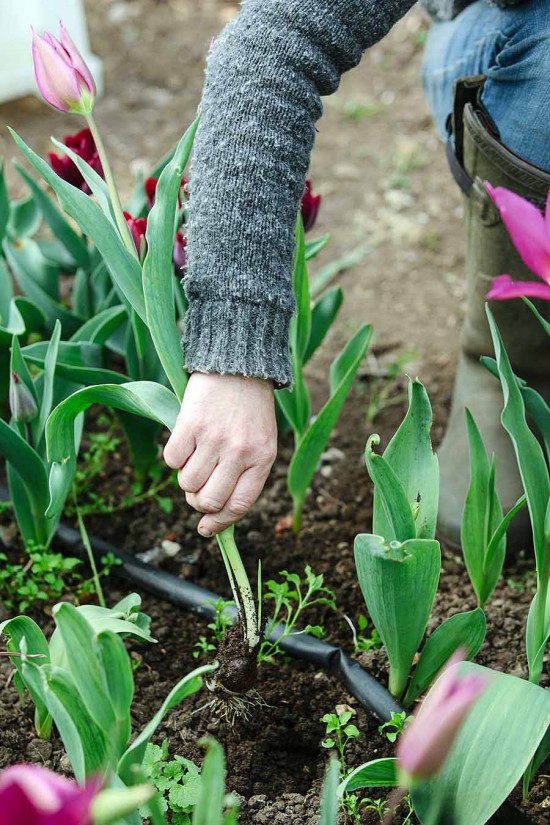
The bulb is then cut off and composted and so it becomes an annual (albeit expensive) crop.
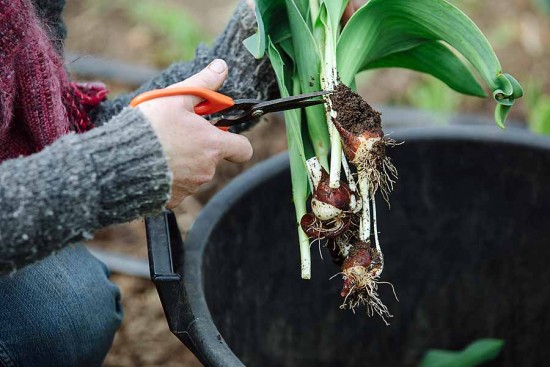
There are many advantages to growing them this way; even more stem length as you get the extra bit under the ground, bulbs are dibbed in shallowly so no trenches or backbreaking work, the ground is cleared and ready for the next annual crop and it means you get to try new varieties every year!
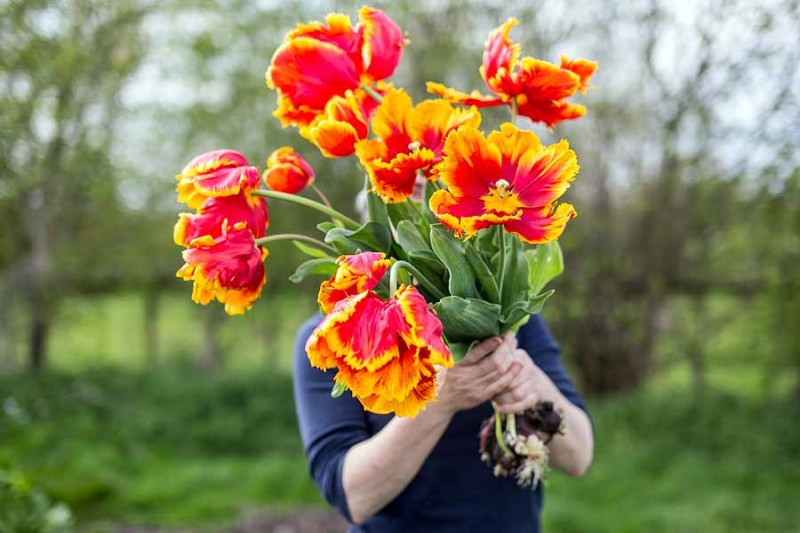
Talking of varieties I am a sucker for anything with ‘new’ written next to it but I do have some reliable favourites that I grow year on year. My favourite groups are peony/double and viridiflora types.
I always start the season with lots of ‘Verona’ a pale yellow peony tulip with decent stem length for an early double type and such a long vase life.
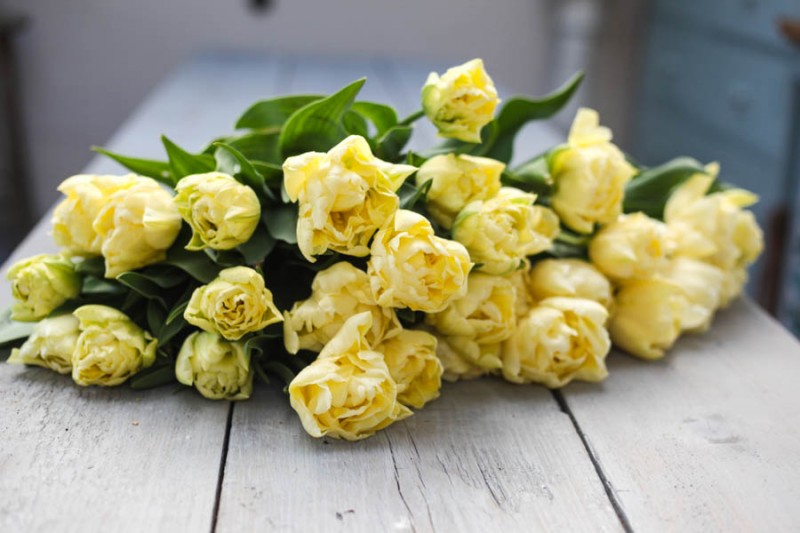
These are closely followed by ‘Blue Diamond’ an unusual antique, puce colour and two classics ‘Angelique’ and ‘Mont Tacoma’.
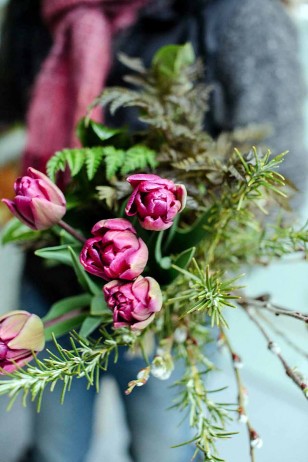
The recently introduced ‘La Belle Epoque’ rounds off the season with a mouthwatering colour combination of coffee and peachy pink.
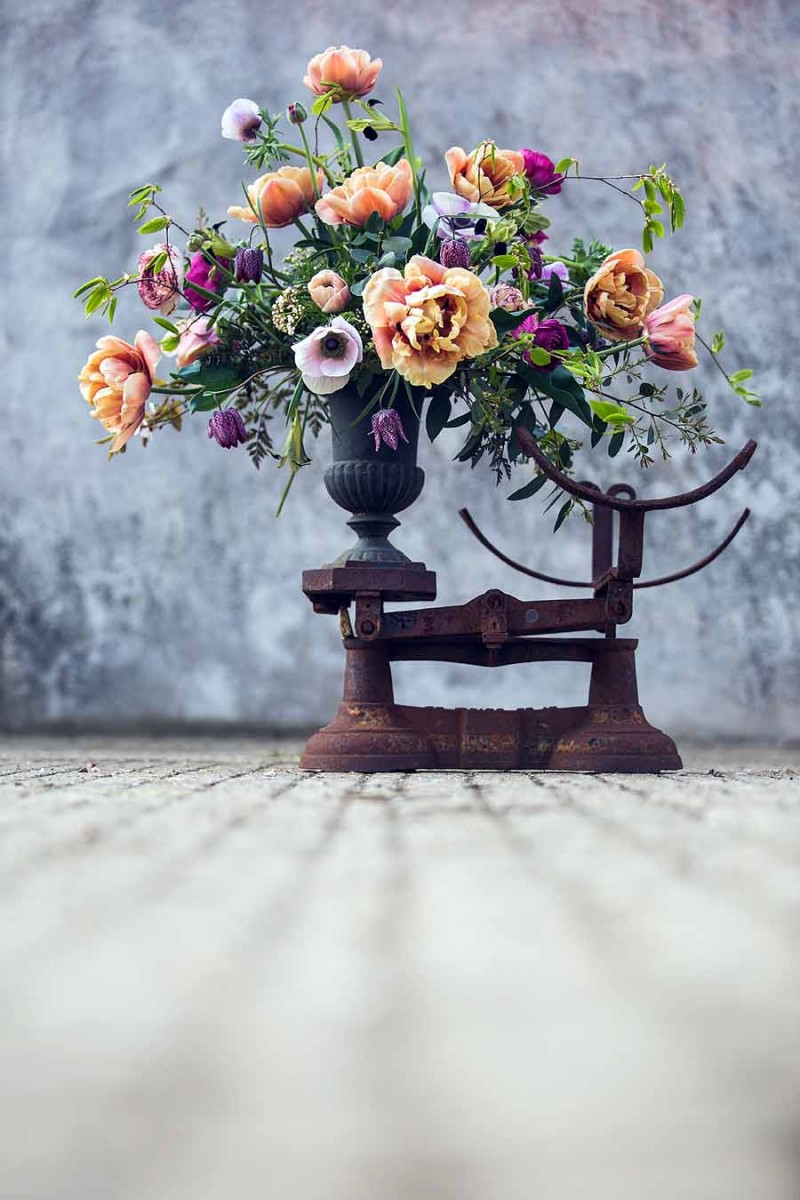
The viridiflora types are characterized by a green stripe on the the petals. My favourite is ‘Spring Green’ because they go with anything and are effortlessly stylish. This pink variety ‘Greenland’ has been paired with a coral single late variety called ‘Menton’ and pear blossom.
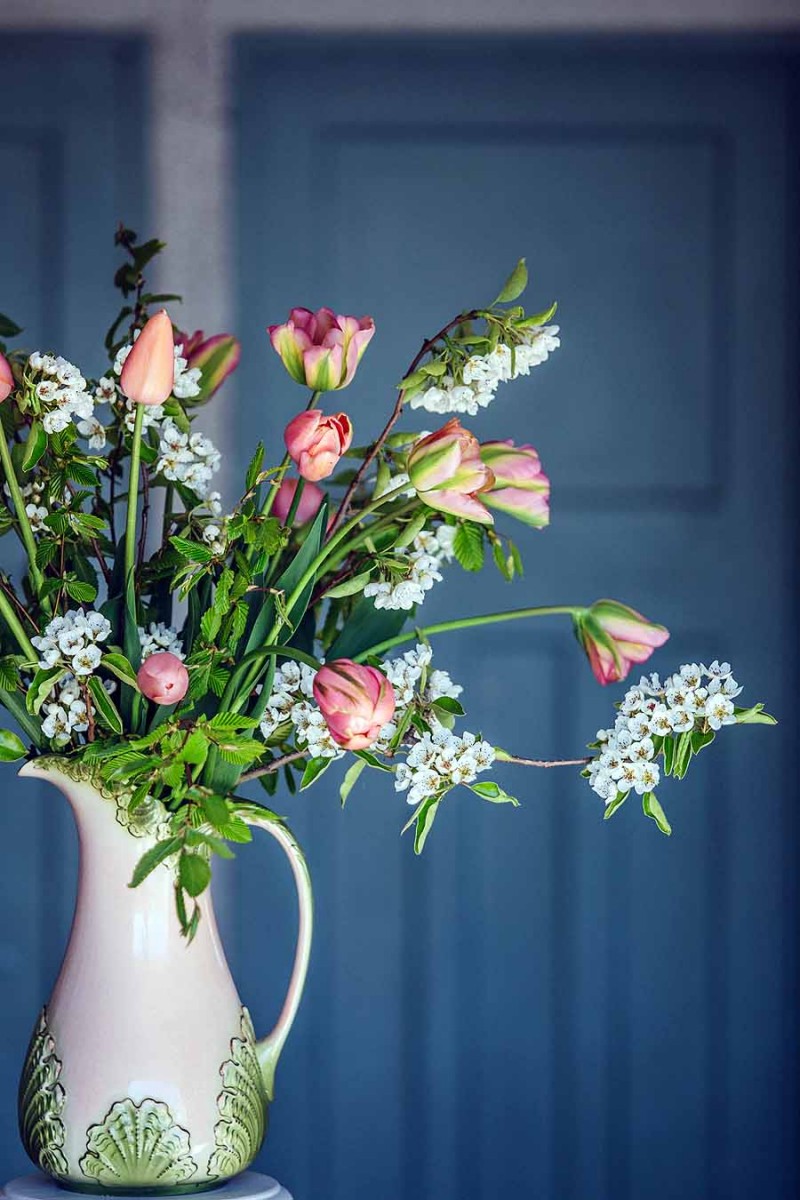
For stem length, Lily-flowered varieties are worth trying. Their pointed petal tips and hourglass shape bring a contrasting elegance to the fuller peony and parrot types. They tend to flower a bit later as well giving some succession to the tulip harvest.
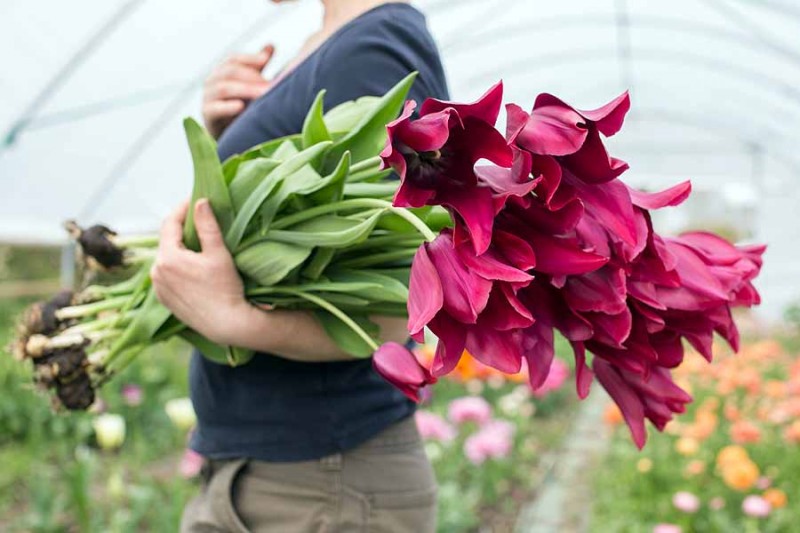
Floppy Parrot tulips are definitely happier in my tunnels where they are sheltered from heavy Spring showers. Black Parrot is great for a sophisticated look and Flaming Parrot or Apricot for some Dutch Master decadence.
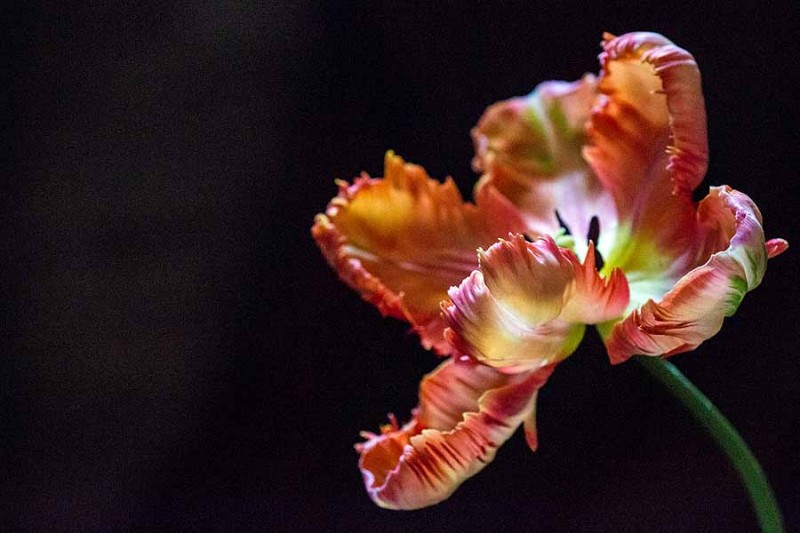
To source your tulips and see a whole host of other varieties I would recommend looking at Peter Nyssen or Gee Tee.
They both supply good quality and reasonably priced bulbs, which is important if you are going to use them as an annual in your cutting beds.
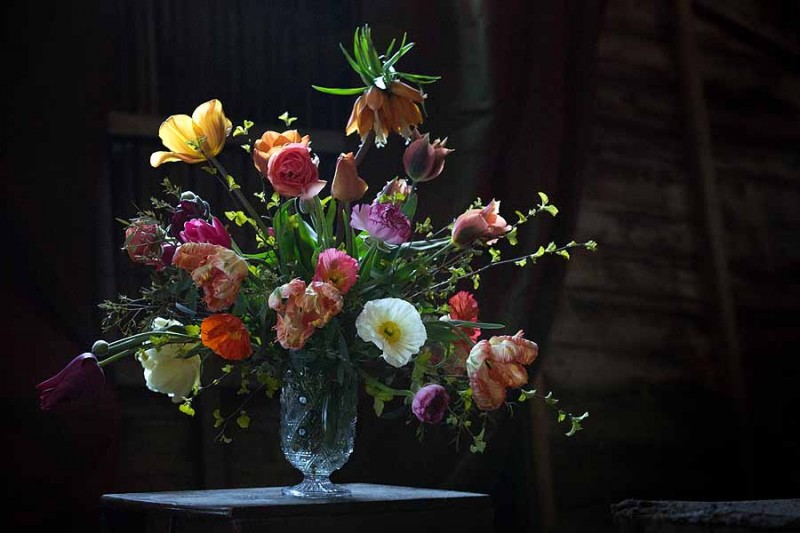
When conditioning tulips I just put a couple of inches of water in the bucket, I find if they are immersed in deep water it ruins the leaves.
Photographs (mostly) by Clare West.
Next up will be my favourite Spring flower – Ranunculus.

